Fear
7 Phobias That Make Halloween So Spooky
These phobias are part of why Halloween can be scary to so many people.
Posted October 7, 2020 Reviewed by Ekua Hagan
For many people, flipping the calendar to “October” is a sign of festive and fun holidays to come. October is the time of year (for my Northern Hemisphere friends) when the heat of summer gives way to the cool of fall and tickles the nostalgic yearning for winter. Indeed, this can be a magical time of year.
For some, however, October is a reminder of terror, horror, and glorified fright!
Halloween is upon us. From the supermarket to the classroom to candy commercials, it is nearly impossible to escape the images of ghosts, ghouls, and goblins. While the majority of people continue throughout their day thinking nothing of these symbols and decorations, some people are thrust into a world that celebrates their biggest fears.
What Is the Difference Between a Fear and a Phobia?
Fear is a natural emotional and biological response to danger or perceived threats. Everyone experiences fear from time to time, but not all fears are phobias.
A fear can graduate into a phobia when the experience of the fear or the response to it becomes so extreme that it interferes with one’s ability to function in everyday life.
Phobias can develop in a number of ways. Traumatic experiences can leave a lasting mark on one’s perception of what is and is not safe. Phobias can also be learned through social and cultural influences when we are constantly surrounded by messages about our safety or the potential dangers around us. Sometimes, they develop through our repeated avoidance of minor anxious experiences or irrational, even superstitious, attempts to eliminate the feeling of fear.
However they develop, or developed for you, below is a list of some common, and uncommon, phobias that make Halloween such a spooky night.

Coulrophobia: The Fear of Clowns
One of the most common Halloween tropes lately is the “killer clown,” which can immediately make someone’s stomach drop and heart beat out of their chest. If this is you, take heart because you aren’t alone.
Coulrophobia, otherwise known as the fear of clowns, is a real thing. While this is not an official and independent diagnosis, coulrophobia is very real and highly problematic for those who suffer from it. Some even estimate that up to 12% of the US population suffers from coulrophobia.
Where does this fear come from? As mentioned earlier, many fears are socially learned. That said, clowns trigger many of our innate “warning systems,” as almost everything about them is outside the typical norm, and the human brain loves predictability. Their make-up hides their appearance and facial expressions, making it difficult to read emotion. Their traditional silly demeanor further defies social expectations and can put people on guard for the proverbial wolf in sheep’s clothing. Needless to say, it’s not a laughing matter.
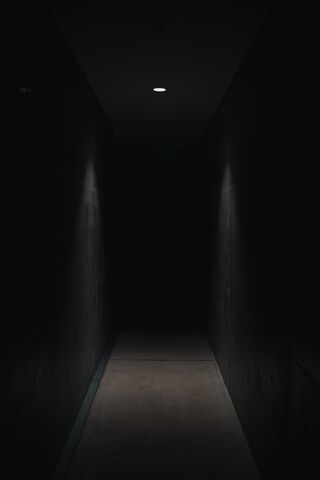
Nyctophobia: The Fear of the Dark
It’s no surprise that horror movies take place at night. We humans struggle to see at night and this makes us naturally more vulnerable in the dark. Nyctophobia is influenced by three important factors: catastrophizing, pattern recognition, and suggestion.
If our eyesight wasn’t enough to feed a fear of the dark, our brain does not help us either. Your brain is constantly looking out for dangers to keep you alive. However, if we cannot find any dangers, our brain will fill in the blank with catastrophic worst-case scenarios. This “fight or flight system” wants you to be ready for whatever lurks in the shadows.
The fear of the dark is also heightened by the brain’s typically wonderful ability to instantly identify patterns. When we walk around at night, that coat rack with the hat on it really looks like a murderer in the corner.
Lastly, we humans are often weak against the power of suggestion. After we see a scary movie, we are suddenly on the lookout for that monster, ghost, or villain. The "recency effect" and the power of suggestion conspire against us to anticipate specific dangers at night, heightening our anxiety, and keeping us vigilant when we cannot clearly see our surroundings.
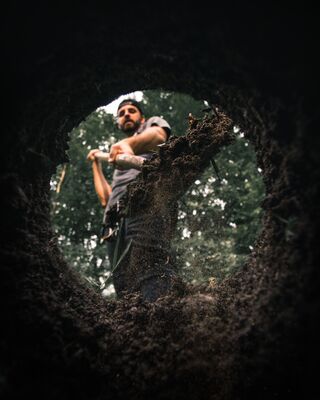
Taphophobia: The Fear of Being Buried Alive
What if I told you that, up until recently, this was a reasonable fear? Unfortunately, due to imprecise or non-existent medical equipment, combined with a poor understanding of medication conditions, being buried alive was something that happened more often than we would like to think.
The core fear associated with taphophobia is experiencing unnecessary and prolonged suffering leading to a lonely death. So, not only is being buried alive painful, it’s painful for a long time, and you are experiencing pain alone. Therefore, for being a social creature, being buried alive really clicks a lot of unwanted boxes.
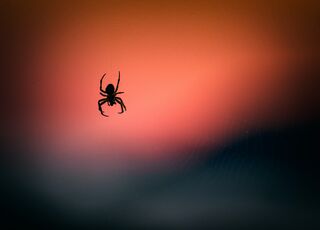
Arachnophobia: The Fear of Spiders
People suffering from arachnophobia often feel uneasy, on-edge, and even agitated in places where spiders may inhabit, and seeing a spider, much less having one’s little hairy legs crawling on their skin can be the height of terror for someone suffering from this fear.
Arachnophobia is another specific phobia that is fueled by an instinctive survival-based fight or flight response. Some argue that this is a completely rational fear and is hardwired in our brain because, well, some spiders can kill you.
However, when Halloween rolls around there is no shortage of pictures and props to remind us of these creepy-crawlies. Given that arachnophobia affects anywhere between 3.5 to 6.1 percent of the worldwide population, spiders are likely to remain a go-to Halloween decoration.
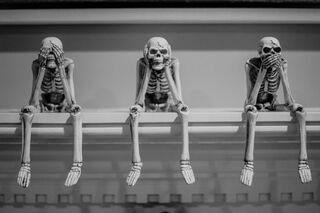
Skelephobia: The Fear of Skeletons
Whether it is an entire skeleton or just a skull, Halloween decorations aren’t complete without antagonizing skelephobes everywhere. Seeing skeletons of any kind, even cartoon depictions, can cause minor “icky” feelings all the way to full panic attacks.
“What’s the big deal,” you might say. “We all have skeletons!” True. However, skelephobia taps into our innate fear of death and great bodily harm. We instinctively avoid being around dead or dying things as it could be a sign of danger or disease. It is similar to why we are naturally repulsed by the smell of rotting flesh.
To make things worse, making skeletons move around defies our expectations in all the wrong ways, which makes our fight or flight system perk up. Let’s be honest, when’s the last time you’ve seen a skeleton move around on its own in real life?

Thanatophobia: The Fear of Death
Speaking of dead things, Halloween is rooted in the tradition of remembering the dead and many cultures celebrate similar holidays around this theme. Reflecting on the accomplishments, memories, and legacy of our ancestors and heroes can provide someone a wonderfully rich sense of personal context and connection within one’s family, community, or culture. On the other hand, it is another reminder that we are all eventually going to die.
Contemplating death, especially one’s own death, is a common existential thought. For some, thinking about death can manifest as simple academic musing, and for others, it produces a tremendous sense of emptiness, agitation, and urgency. Thanatophobia can be experienced as a standalone phobia and also as part of other fears, including Existential OCD, Harm OCD, and Generalized Anxiety Disorder.
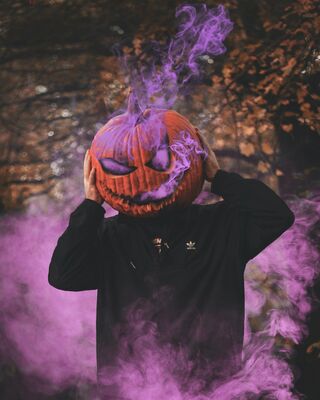
Samhainophobia: The Fear of Halloween
Last but not least, what would a list of fears associated with Halloween be without a phobia of the holiday itself? This phobia’s name, Samhainophobia, literally means “The fear of Samhain,” which refers to the ancient Celtic harvest celebration held on October 31st, marking the end of the harvest season.
This fear is not rooted in biological survival instincts but is a phobia likely to be an accumulation of some of the above-listed fears combined with cultural, social, or traumatic experiences. Over time, specific phobias can sometimes generalize and begin including elements associated with the initial fear and combine into a broader phobic experience. Samhainophobia may be one such phobia.
How to Treat Phobias So You Can Enjoy Halloween
The good news is that phobia therapy is straightforward and very effective. Treatment for specific phobias, including all those listed above, is commonly done using Exposure and Response Prevention (ERP) treatment, more commonly known as Exposure Therapy.
While fears and phobias can range from adaptive to irrational, the excessive response to our various triggers are what elevate a simple fear to a clinically diagnosed phobia. Additionally, our brain learns that our irrational responses to the triggered stimuli (spiders, skeletons, the thought of death, etc.) are expected and appropriate and should therefore be done whenever we encounter them.
Lastly, fear and anxiety are not the end of the world. They are natural human emotions that, in a lot of contexts, are invaluable to our safety and wellbeing. Treatment for phobias, along with Generalized Anxiety Disorder and OCD, is not about never feeling anxiety or fear but is about developing more rational responses in the face of fear.
Overcoming phobias through exposure therapy, done slowly and patiently, helps you to progressively face items, situations, and ideas that generate a feared response while learning that you do not have to engage in irrational responses (avoiding, closing your eyes, etc.) to effectively deal with the moment. Starting small — for example, looking at a cartoon skeleton — while remaining mentally and emotionally present, will help you show your brain that you are OK and are not in danger. Over time, your brain sends fewer danger messages (i.e. fight or flight responses) and slowly learns that skeletons are not dangerous.




